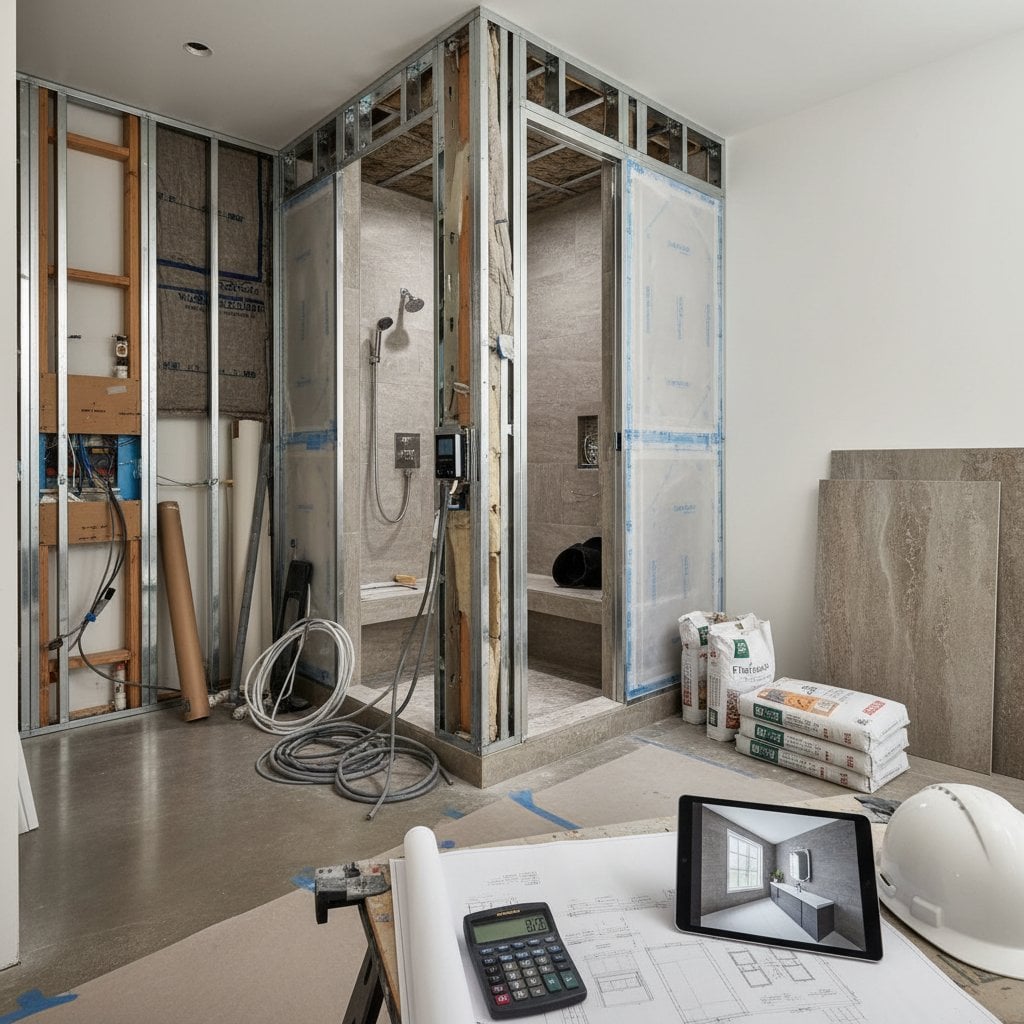Top Project Management Tips for Contractors in 2025
Managing construction projects demands precision, clear communication, and adaptability to emerging challenges. Effective project management ensures schedules remain on track, budgets stay intact, and client expectations receive full attention. For contractors seeking to refine their methods this year, the following strategies provide a roadmap to greater confidence and operational efficiency.
Understanding the Core of Project Management
Project management in construction revolves around balancing three essential elements: time, cost, and quality. Each decision impacts these factors, so a structured framework maintains focus and alignment. This approach integrates meticulous scheduling, rigorous financial oversight, and seamless coordination among subcontractors, suppliers, and clients. When these components align, risks diminish, and workflows proceed with minimal disruption.
Key Tips for Contractors
These strategies offer practical guidance to enhance project oversight from inception to completion.
1. Build a Clear Scope of Work
A comprehensive scope of work establishes the project's foundation. Outline specific tasks, required materials, established deadlines, and assigned responsibilities in detail. Precision in this document minimizes misunderstandings and curbs expensive change orders. Distribute it to the entire team and subcontractors to align all parties from the outset.
Pairing advice: Align the scope with a granular timeline and budget allocation. This integration fosters consistency in planning documents and simplifies progress monitoring.
2. Use Technology Wisely
Project management software has become indispensable for contractors. These digital tools centralize schedule tracking, budget management, and team communications. Mobile accessibility and real-time notifications bridge the gap between field operations and office administration. Select platforms that synchronize with accounting software and design applications to facilitate effortless collaboration.
Practical example: Implement a cloud-based platform to upload blueprints accessible via mobile devices on-site. This eliminates delays from reliance on outdated printed plans and ensures all stakeholders reference current information.
3. Prioritize Communication
Effective communication maintains alignment across the project team. Schedule regular meetings to discuss progress and obstacles, supplemented by written summaries to underscore critical details. Designate clear points of contact for subcontractors and suppliers regarding decision-making. Clients appreciate routine updates, so establish a cadence for progress reports to foster trust and transparency.
Tip: Opt for concise, targeted check-ins rather than extended sessions. This approach conserves time while enabling swift resolution of issues.
4. Monitor Budgets Closely
Cost overruns represent a primary threat in construction endeavors. Conduct daily reviews of expenditures against the approved budget. Identify indicators of potential excess, such as escalating material prices or prolonged labor durations. Prompt intervention in these areas averts escalation into significant financial setbacks.
Pairing advice: Integrate budget surveillance with schedule evaluation. Delays frequently inflate costs, so joint assessments provide a holistic view of project health.
5. Anticipate Risks
Construction projects invariably encounter obstacles, ranging from inclement weather to material shortages. Early risk identification enables the development of contingency measures. For instance, secure secondary suppliers to mitigate disruptions from primary vendor failures. A forward-thinking approach accelerates responses to unforeseen events.
Example: In a residential construction scenario, safeguard materials against rainfall by implementing protective coverings and rescheduling outdoor tasks. These steps preserve momentum and safeguard financial projections.
6. Focus on Quality Control
Quality must remain paramount, regardless of timeline pressures. Establish designated inspection intervals to verify adherence to established standards. Empower crew members to flag issues related to craftsmanship or materials prior to advancing phases. This diligence curtails rework demands and bolsters professional credibility.
Pairing advice: Synchronize quality assessments with milestone payments. Disburse funds only upon verification of completed benchmarks to reinforce accountability.
7. Strengthen Client Relationships
Clients seek assurance that their investments receive diligent stewardship. Demonstrate professionalism through forthright discussions on timelines, budgets, and foreseeable hurdles. Extend invitations for site visits during pivotal phases, and demystify technical aspects with straightforward explanations. Robust client partnerships frequently yield recurring engagements and valuable referrals.
Tip: Record all dialogues and approvals in documented form. This practice shields both parties from future disputes.
8. Support Your Team
A competent and engaged team constitutes a contractor's greatest resource. Deliver explicit directives, acknowledge exemplary performance, and facilitate necessary skill development. Prioritize safe environments to cultivate loyalty and minimize accident-related interruptions. Supported teams exhibit heightened productivity and superior output quality.
Example: Conduct brief on-site sessions for familiarizing workers with novel equipment. Such initiatives enhance confidence levels and diminish error rates.
9. Stay Flexible
Rigorous planning notwithstanding, adaptability proves essential in construction. Factors like weather patterns, client modifications, and supply chain variances can alter trajectories. Flexibility involves recalibrating plans while preserving core objectives. Incorporate contingency durations for vital activities and embrace innovative resolutions to navigate disruptions.
Pairing advice: Maintain transparent dialogues with clients and subcontractors amid adjustments. Openness facilitates collective adaptation without friction.
10. Review and Learn from Each Project
Upon project conclusion, conduct a thorough debrief to evaluate successes and shortcomings. Solicit input from team members, clients, and subcontractors to inform insights. Archive these observations to optimize procedures for subsequent endeavors. Iterative refinement elevates efficiency and solidifies market standing.
Example: Persistent delays from a particular supplier may prompt exploration of alternative vendors for future contracts.
Advancing Construction Projects Through Balanced Management
Project management success hinges on proactive control, preparedness for variables, and unified team objectives. Emphasize scope definition, technological integration, communicative excellence, and perpetual refinement to alleviate pressures and amplify outcomes. Every project serves as a platform for skill enhancement and business fortification.
Consistent application of these principles yields completions that honor timelines, budgets, and expectations. This equilibrium forms the bedrock of sustained excellence in the contracting field.







